Planetary Radio • Mar 07, 2018
Visiting the Birthplace of PlanetVac
On This Episode

Mat Kaplan
Senior Communications Adviser and former Host of Planetary Radio for The Planetary Society

Bruce Betts
Chief Scientist / LightSail Program Manager for The Planetary Society

Justin Spring
Senior Project Engineer for Honeybee Robotics

Kathryn Luczek
Project Engineer for Honeybee Robotics
Space is hard. Sample collection and return is harder still. That’s why the radically-simplified PlanetVac system from Honeybee Robotics is so intriguing. Join Planetary Society Chief Scientist Bruce Betts and host Mat Kaplan on a tour of Honeybee that includes a PlanetVac demo. Bruce returns for this week’s What’s Up jaunt around the night sky. Planetary Society Digital Editor Jason Davis shares big news about the LightSail 2 solar sail and the next SpaceX Falcon Heavy launch.
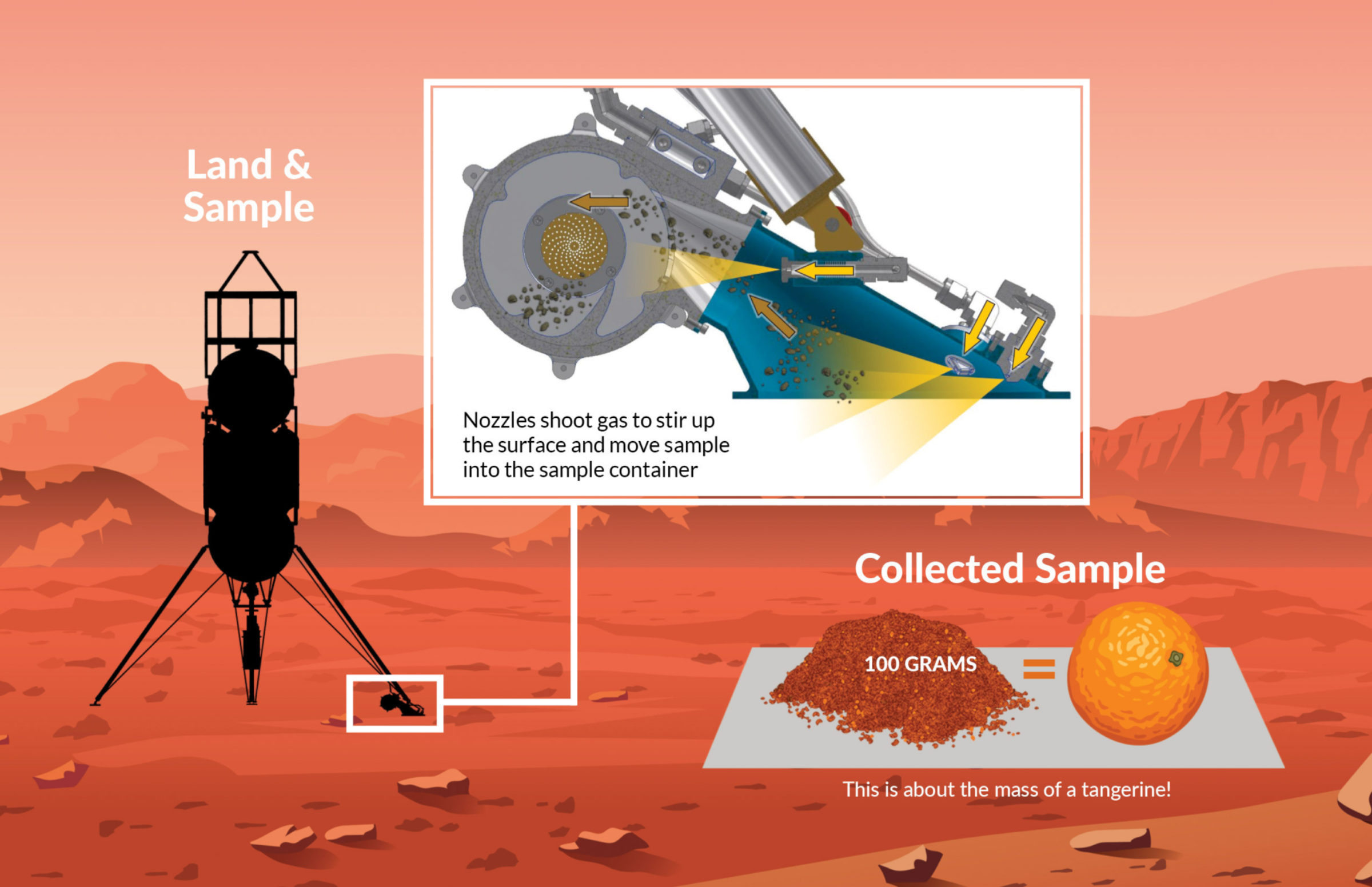
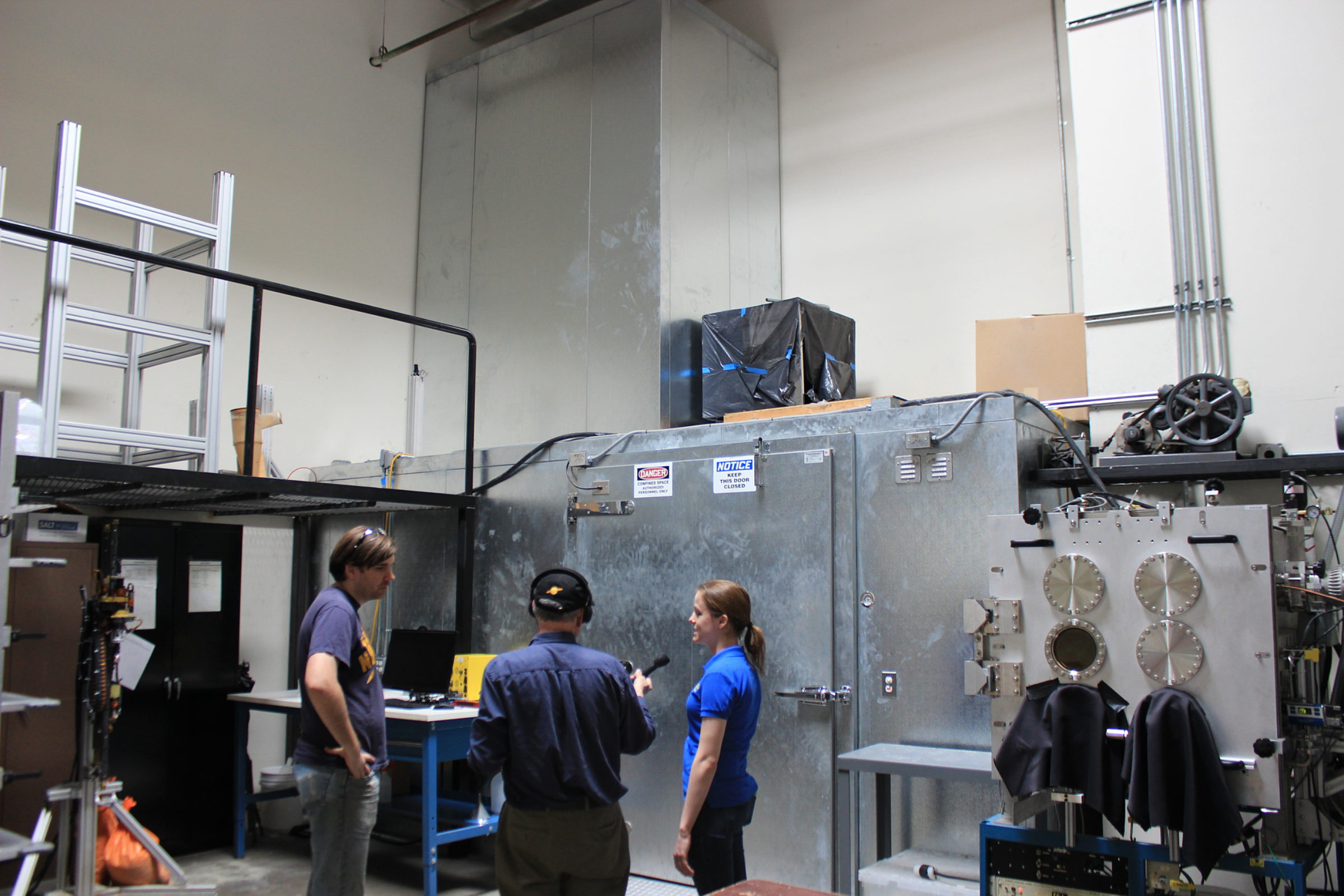
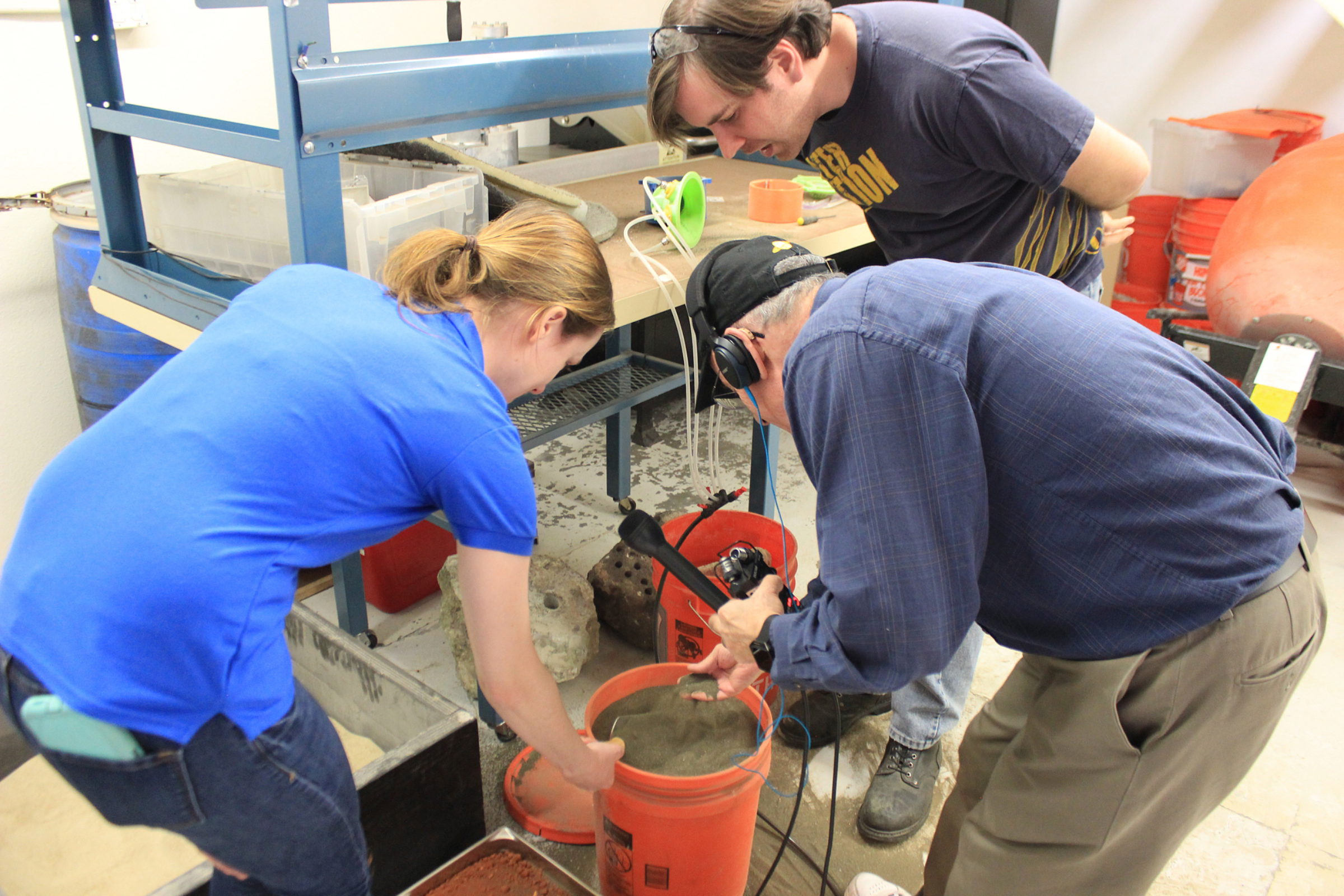
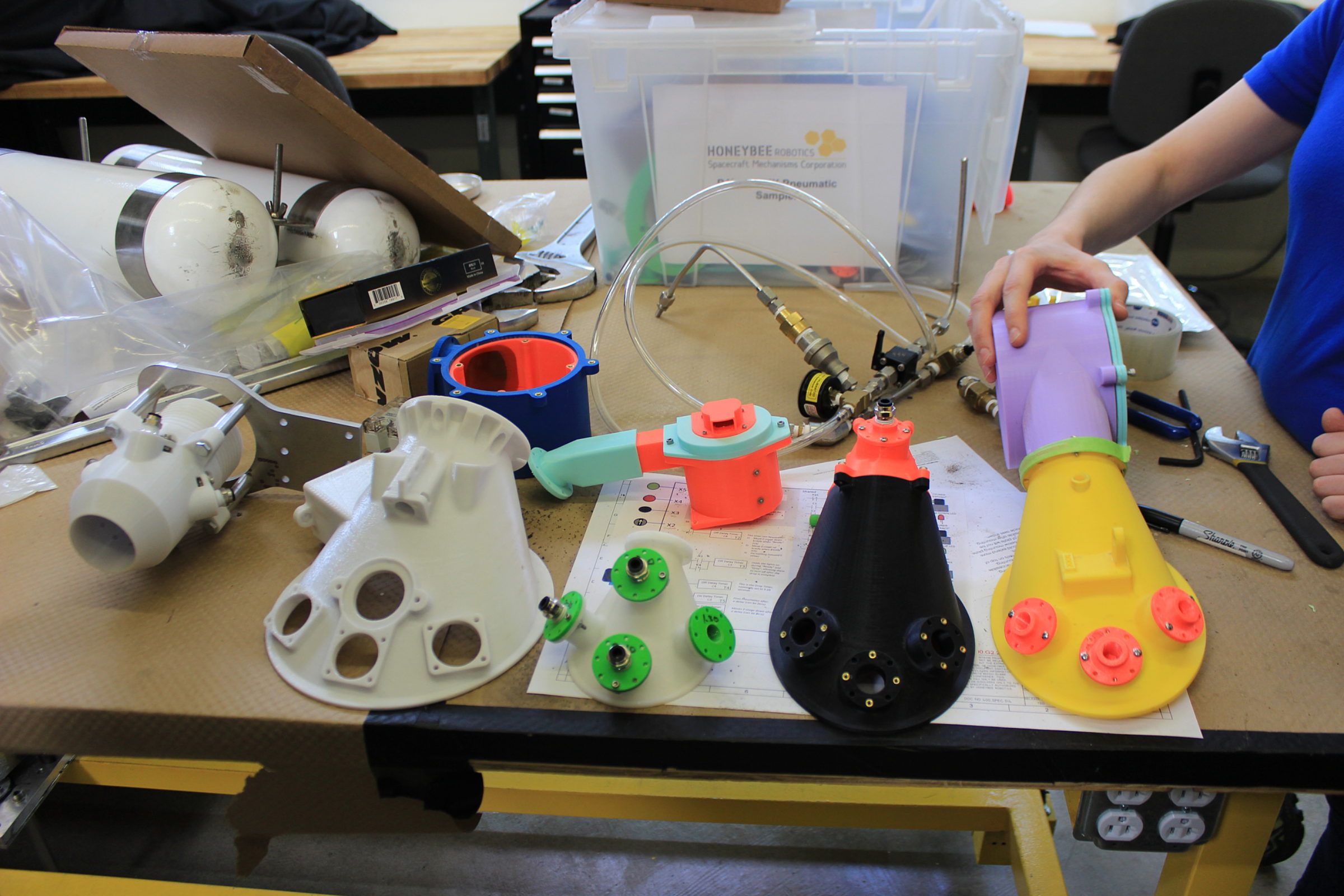
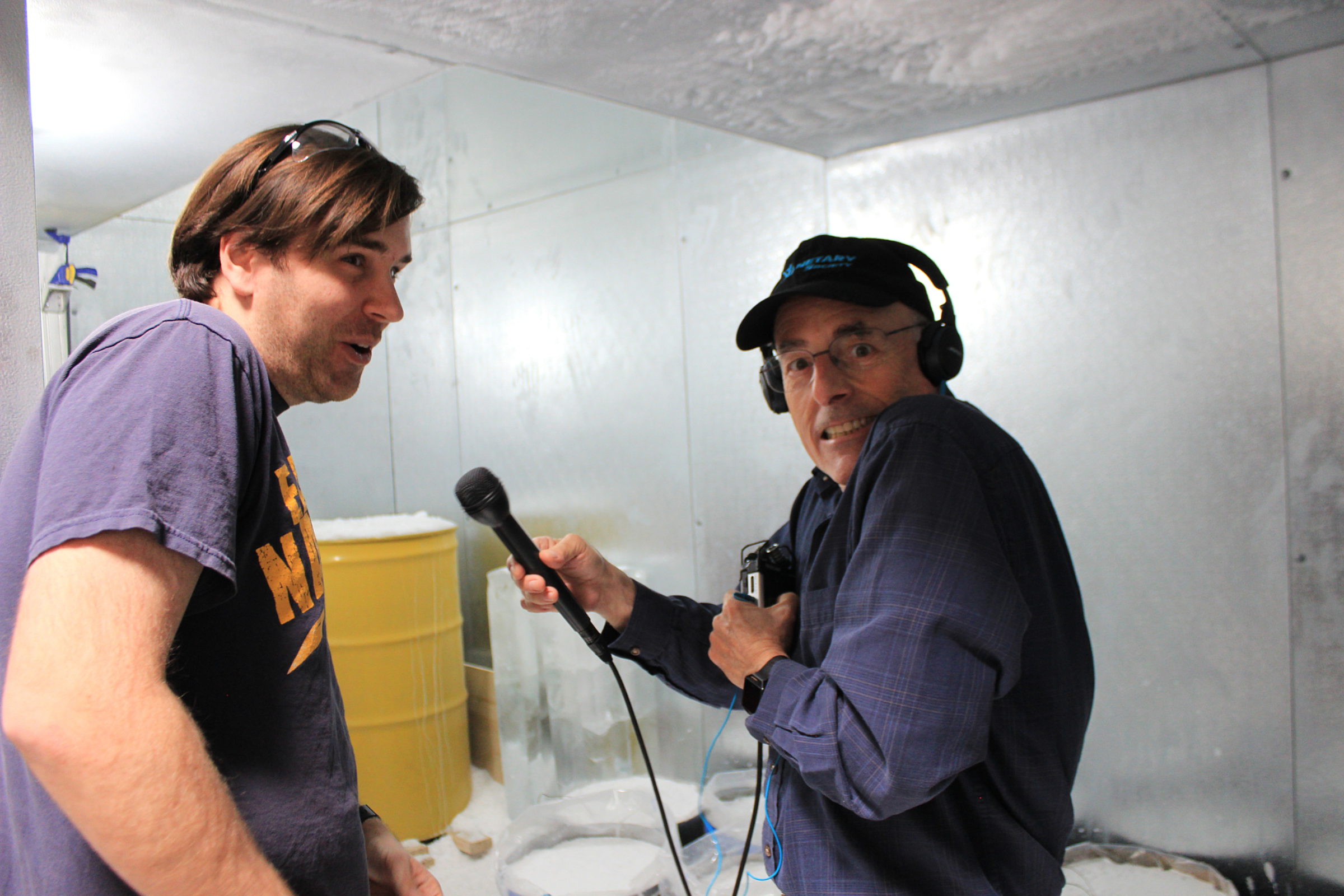
Related Links:
- PlanetVac Xodiac
- Honeybee Robotics
- Masten Space Systems Xodiac
- LightSail 2 Launch update
- March 24, 2018 In the Shadow Eclipse Documentary Premiere at SIU
- April 7, 2018 Yuri’s Night LA Celebration
- May 8-10 Explore Mars Humans to Mars Summit in Washington D.C.
- May 24-27, 2018 National Space Society International Space Development Conference in Los Angeles
This week's prizes are a Planetary Society t-shirt and a 200-point iTelescope.net astronomy account.
This week's question:
How many missions in NASA’s Mercury program carried humans into space?
To submit your answer:
Complete the contest entry form at http://planetary.org/radiocontest or write to us at [email protected] no later than Wednesday, March 14th at 8am Pacific Time. Be sure to include your name and mailing address.
Last week's question:
What is the second brightest star in the night sky as seen from either hemisphere?
Answer:
The answer will be revealed next week.
Question from the week before:
What two planets in our solar system have about the same surface gravity?
Answer:
We wanted to hear that Mercury and Mars are the closest in surface gravity, but would have also accepted Venus and Uranus.


 Explore Worlds
Explore Worlds Find Life
Find Life Defend Earth
Defend Earth




